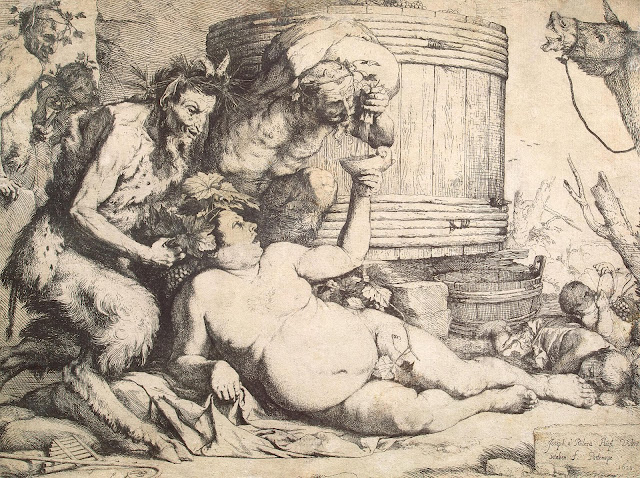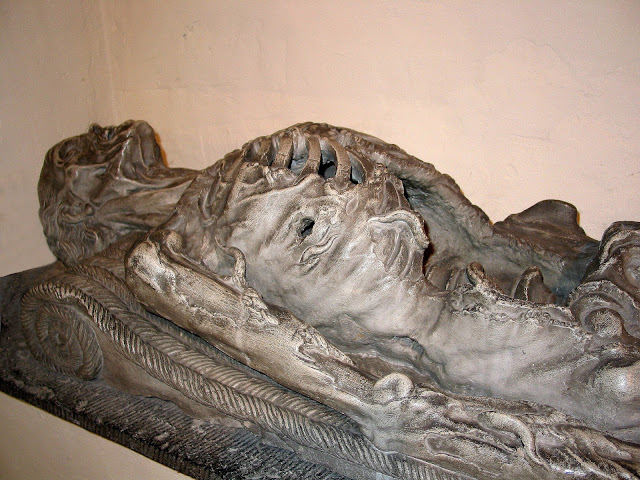A Counterblaste to Tobacco by King James. 1604. Online. December 15, 2023.
The colony of Jamestown finally became profitable in part because of the discovery of tobacco, introduced to the English by the Native Americans. Sir Walter Raleigh brought it back to England & it became very popular. Even Queen Elizabeth tried it. Soon tons of ppl in England were addicted to it & Virginia couldn’t grow enough of it. King James hated tobacco & wrote this essay to try to convince the English to give it up. However, he was making a lot of money from it — he didn’t make it illegal.
Most of the argument he makes is very racist & boils down to saying that good white Christian Englishmen shouldn’t be like the savage indians, who he basically compares to animals. Any medical information he includes seems to all be about humorism. The essay is around 5,000 words long.
…if a man smoke himselfe to death with it (and many have done) O then some other disease must beare the blame for that fault. So doe olde harlots thanke their harlotrie for their many yeeres, that custome being healthfull (say they) ad purgandos Renes (to cleanse the kidneys), but never have minde how many die of the Pockes in the flower of their youth. And so doe olde drunkards thinke they prolong their dayes, by their swinelike diet, but never remember howe many die drowned in drinke before they be halfe olde.
WHAT DID HE THINK METEORS WERE? - the Meteors, which being bred of nothing else but of the vapours and exhalations sucked up by the Sunne out of the earth, the Sea, and waters yet are the sarne smoakie vapours turned, and transformed into Raynes, Snowes, Deawes, hoare Frostes, and such like waterie Meteors, as by the contrarie the raynie cloudes are often transformed and evaporated in blustering winds.
A custome lothsome to the eye, hatefull to the Nose, harmefull to the braine, dangerous to the Lungs, and in the blacke stinking fume thereof, neerest resembling the horrible Stigian smoke of the pit that is bottomelesse.
























.jpg)




